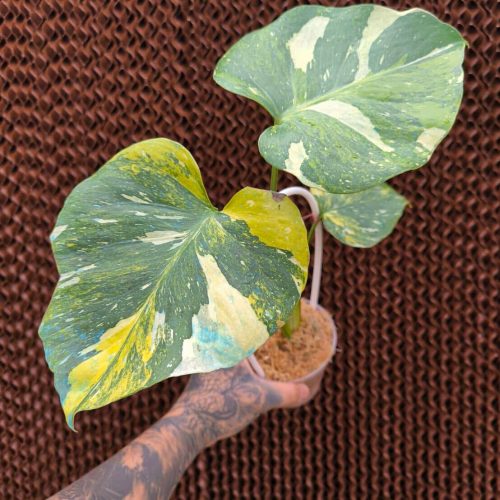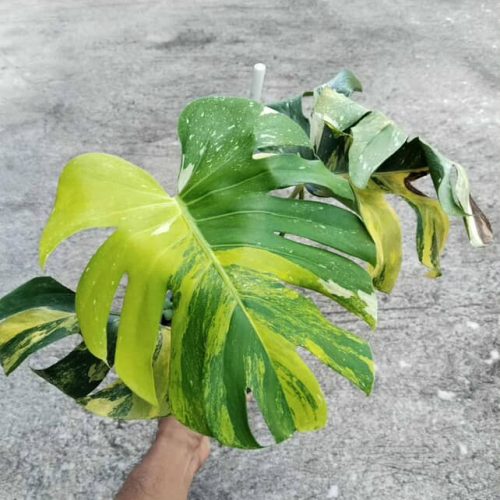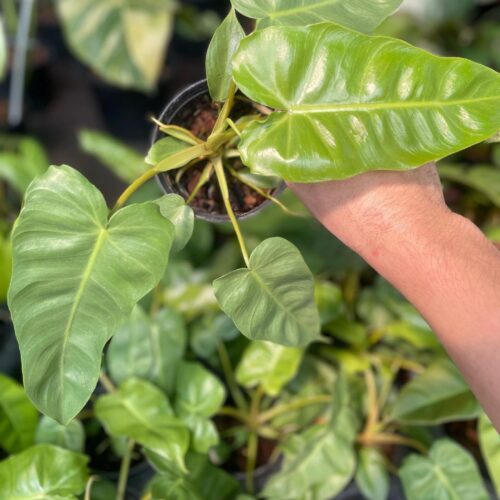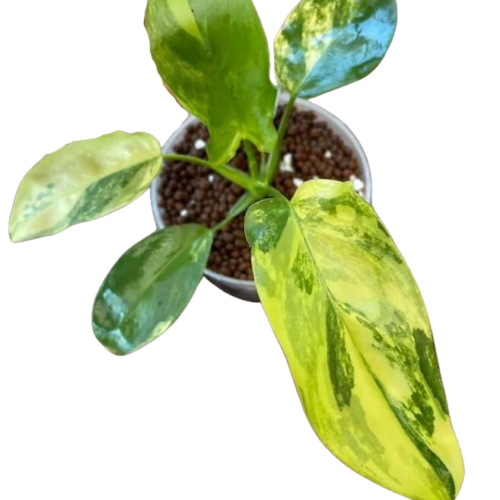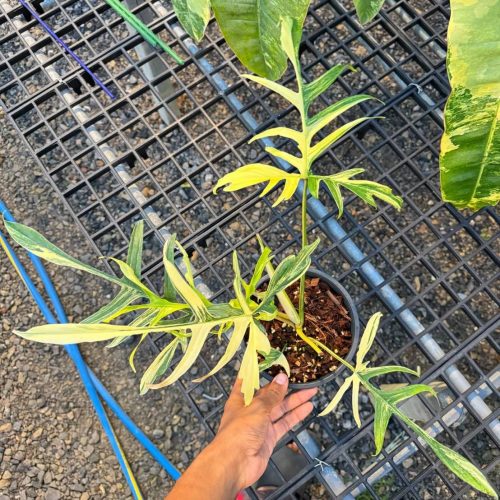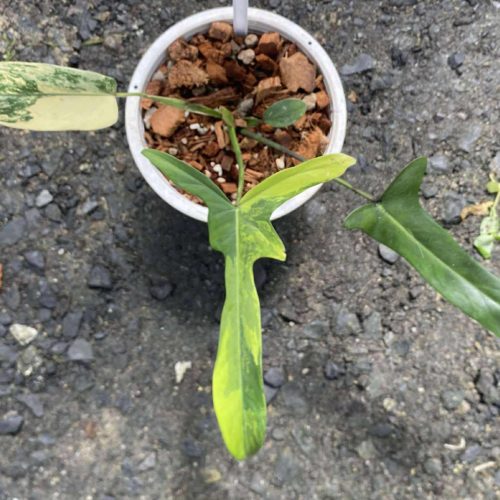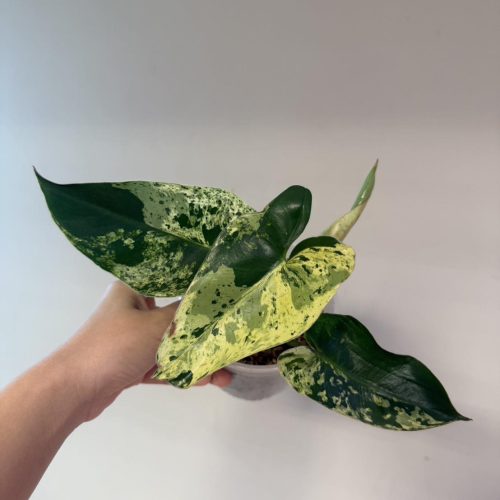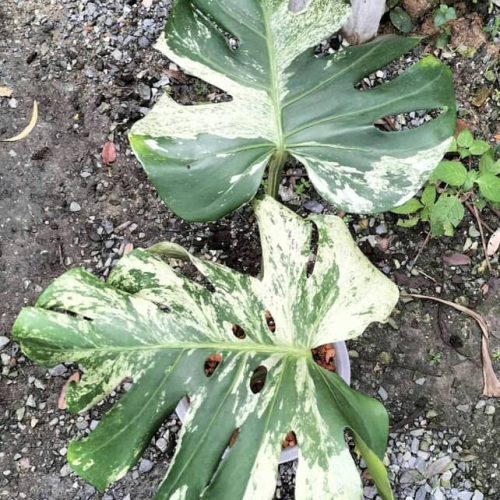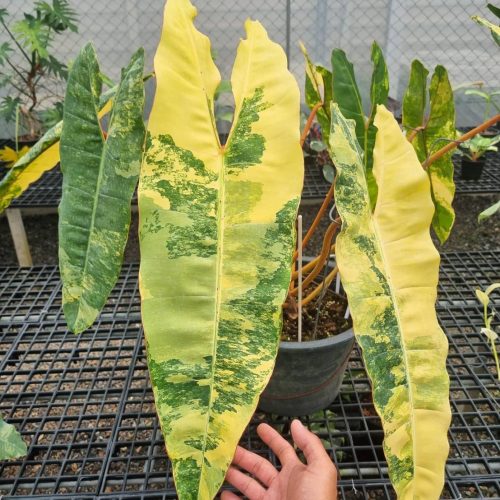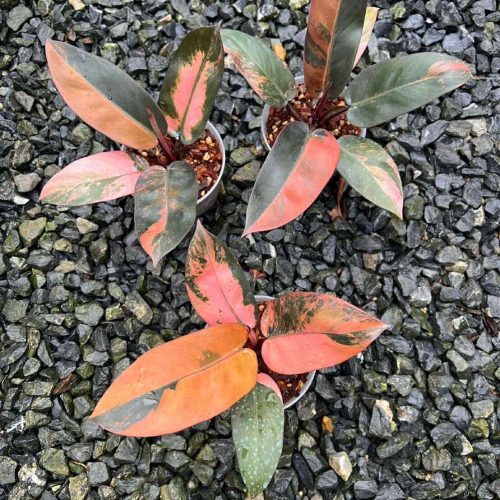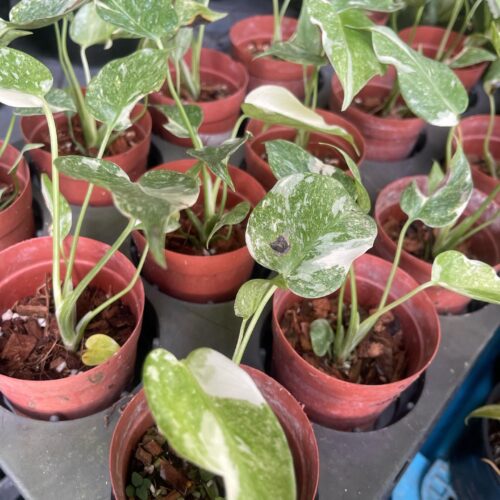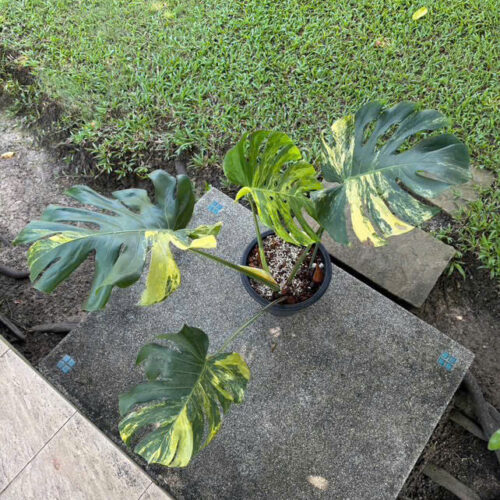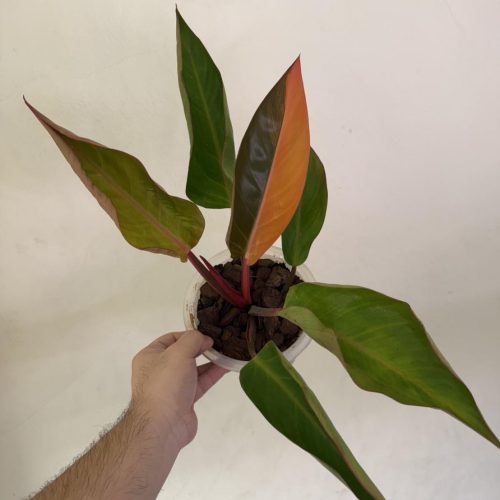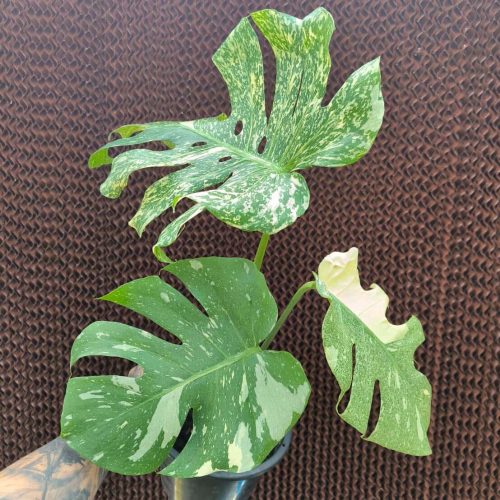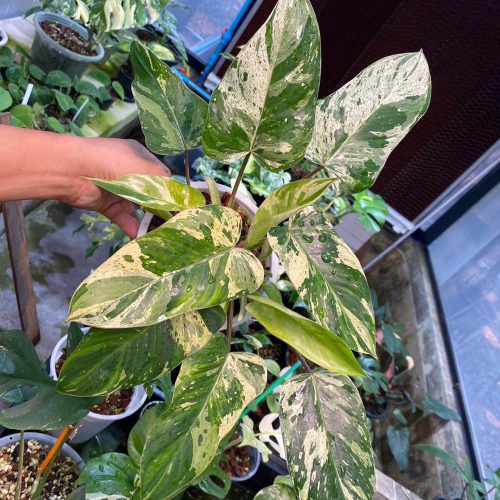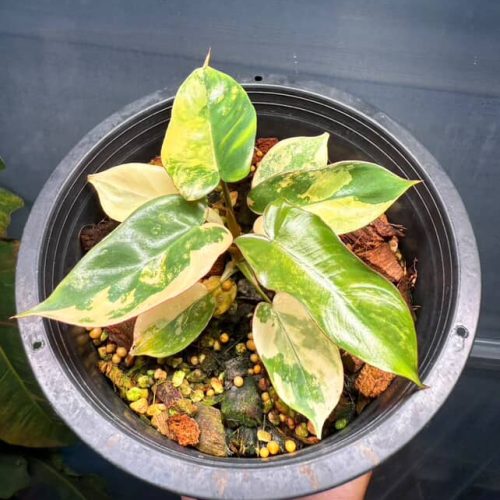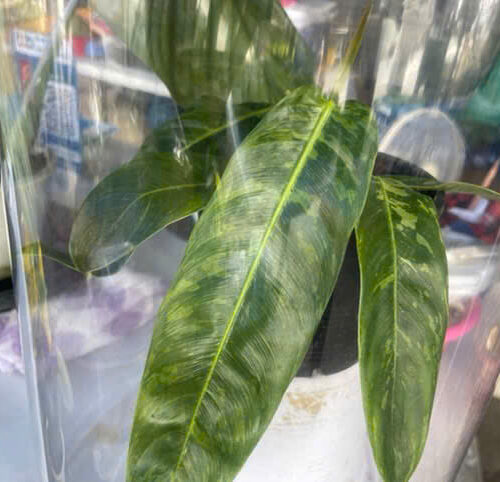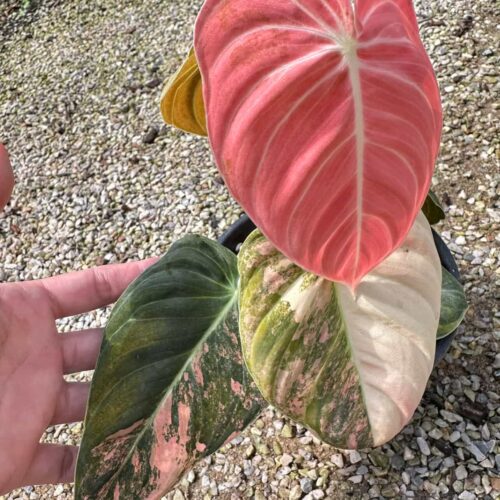Mushrooms growing in indoor houseplants can be alarming at first glance. However, their presence is usually harmless and often a sign that your plant’s soil is healthy. With proper care, mushrooms can be removed and prevented from returning. Here is a detailed guide on mushrooms in indoor plants.
What Causes Mushrooms to Grow in Indoor Plants?
Mushrooms grow from spores in the soil. When conditions are right, these spores germinate and produce the visible mushrooms. Common causes of mushroom growth in indoor plants include:
| Cause | Description |
|---|---|
| Overwatering | Excess moisture promotes fungal growth and mushroom development. Consistently wet soil is the leading cause of mushrooms in potted plants. |
| High organic matter | Potting mixes with compost, manure, or coconut coir can contain mushroom spores. As these ingredients break down, they provide nutrients for mushrooms. |
| Poor drainage | Dense, compacted soils limit drainage. Water pooling at the bottom of pots allows fungi and mushrooms to thrive. |
| Low light | Mushrooms prefer shaded, dark environments. Plants not getting sufficient sunlight are more prone to mushroom growth. |
| High humidity | Warm, humid conditions as found in greenhouses and bathrooms encourage fungal and mushroom growth. |
While alarming, mushrooms themselves do not harm plants. They are decomposers and break down organic matter in soil. However, overwatering and poor drainage that lead to mushrooms can damage plant root systems.
When Do Mushrooms Grow on Houseplants?
Mushrooms can sprout from your plant’s potting mix, either from spores already present or from those introduced by the air.
Mushroom growth on houseplants can occur year-round but is most common in spring and fall. The moderate temperatures and moisture of these seasons create an ideal environment for mushroom development.
During winter, mushrooms are less likely because most homes are too dry. However, mushrooms may still occur if overwatering raises the soil moisture sufficiently.
In summer, indoor temperatures can climb too high to support prolific mushroom growth. But in humid climates or air-conditioned homes, summer mushroom growth is still possible.
Well-established plants with older, organic-rich soil are more likely to develop mushrooms than younger plants. But any overwatered, poorly draining pot can grow mushrooms regardless of the plant’s age.
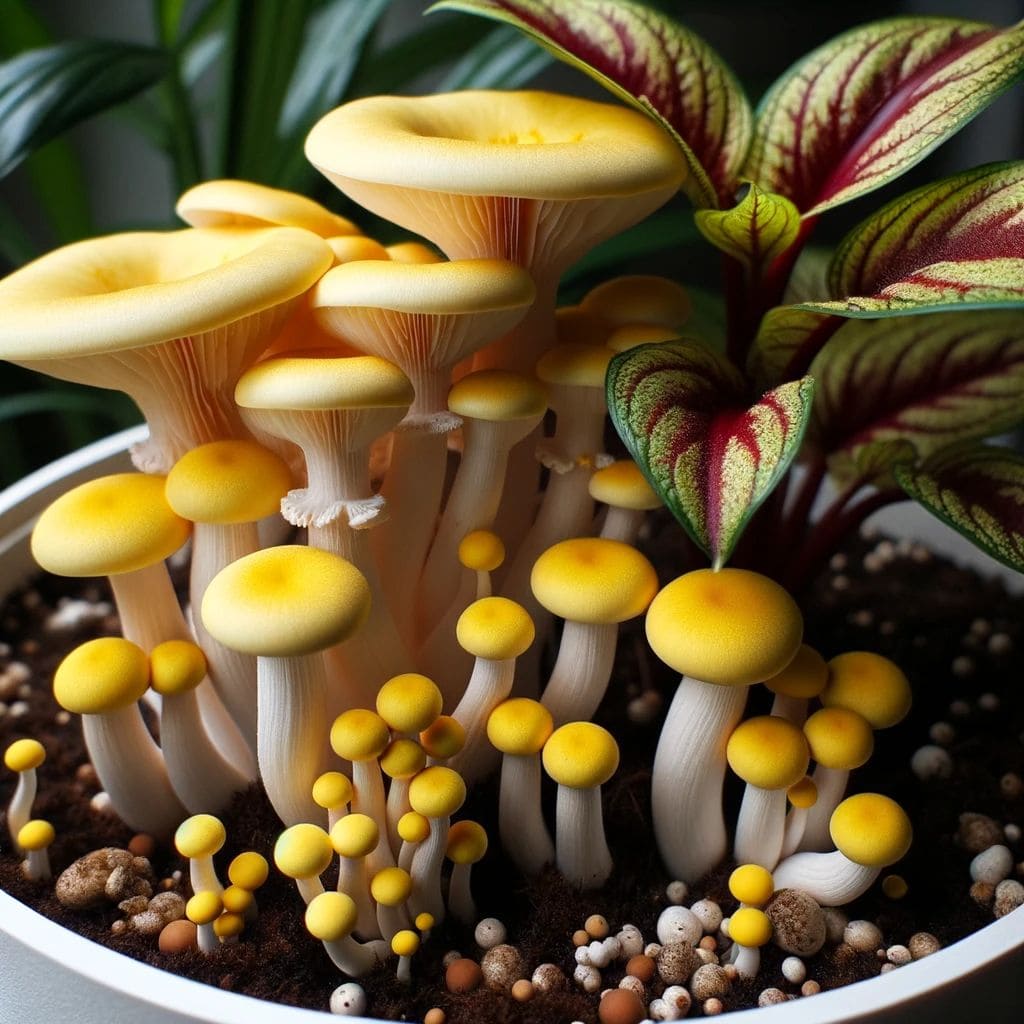
See also the list of rare indoor plants in 2023
How to Remove Mushrooms from Indoor Plants
Removing mushrooms from your indoor plants is straightforward:
- First, stop overwatering and allow the plant’s soil to dry out partially between waterings. This alone can halt mushroom growth.
- Pull large mushrooms and mushroom clusters off the soil by hand. Smaller mushrooms can be left to fade on their own.
- Apply a thin layer of fresh, sterile potting mix over the soil’s surface. This creates an inhospitable environment for existing mushroom spores.
- Consider repotting the plant in a pot with drainage holes using new sterile soil to eliminate spores. Repot annually to prevent buildup of spores.
- Spread out pebbles or gravel as a top dressing layer after repotting to prevent spores in the old soil from germinating.
- Remove any dead plant debris and fallen leaves which can harbor fungi. Keep the surrounding soil surface clean.
- Improve light and airflow conditions. This prevents the moist, humid conditions mushrooms need to grow.
With diligent care, mushrooms in houseplants can be controlled and prevented from recurring. The key is addressing excess moisture and improving growing conditions.
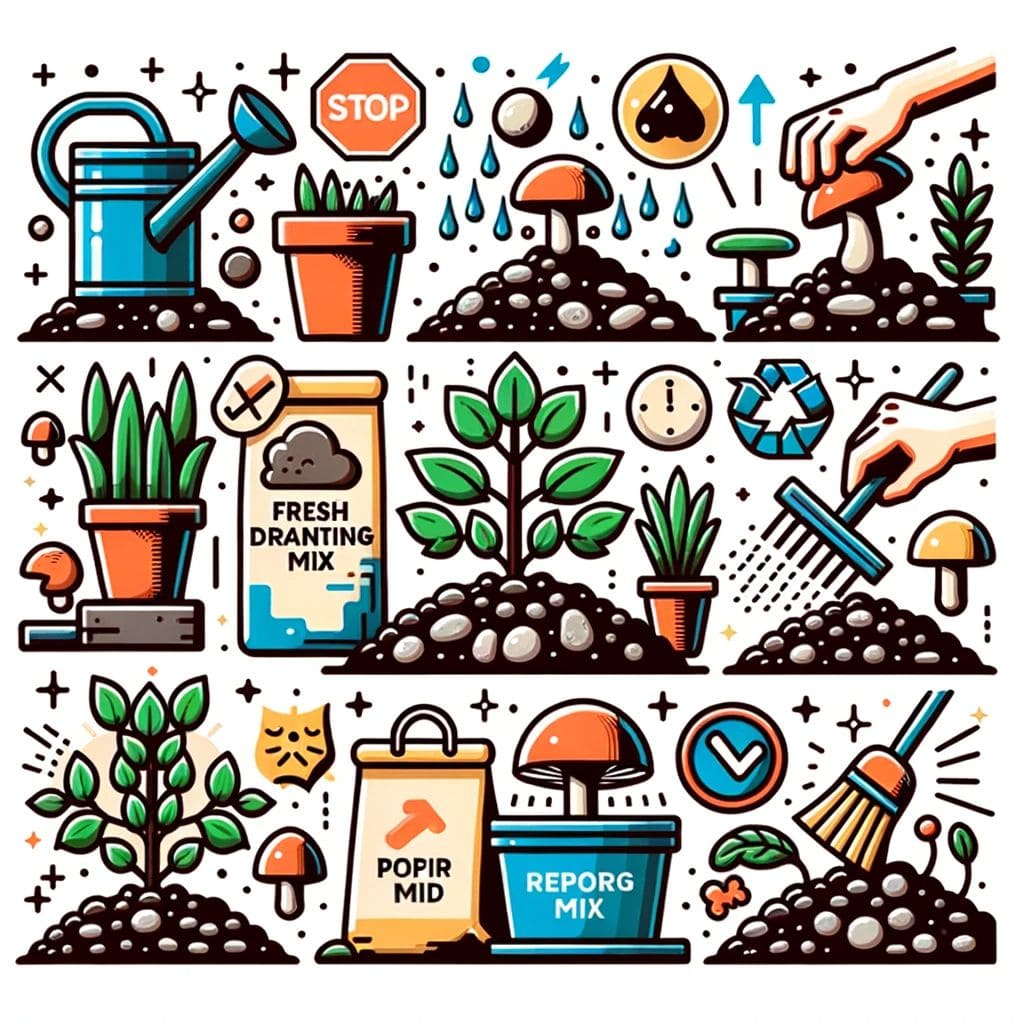
See also the list of rare indoor tissue culture plants in 2023
Are Mushrooms Growing in Indoor Plants Edible?
Most mushrooms encountered on indoor plants are non-toxic. However, all mushrooms growing in potted plants should be considered inedible.
Mushrooms from nurseries, garden centers, hardware stores, and commercial potting mixes are unpredictable. The source spores are unknown, making mushroom species identification difficult.
Consuming a misidentified mushroom from your indoor plant risks accidental poisoning. Certain mushroom species contain toxins that cause severe illness.
Additionally, mushrooms absorb nutrients from their growing environment. Mushrooms in potting soil likely accumulate contaminants and chemicals. Consuming these mushrooms is unsafe.
For food, only grow specific edible mushroom varieties using sanitary, contaminant-free methods. Never harvest and eat mushrooms of unknown identity and origin.
Where to buy Indoor Plants? Benefits from importing plants from Thailand
- Shipping: Door to door shipping, fast and safe with Dragon Courier
- Biodiversity: Thailand is known for its rich biodiversity, including a wide variety of aroid species. This diversity allows importers to access a broad range of unique and exotic aroid plants.
- Quality and Health of Plants: The suitable climate helps the plants grown here stay healthy and of high quality.
- Cost-Effectiveness: Due to favorable growing conditions and efficient production methods, Thai aroid plants can often be more cost-effective compared to those from other countries.
- Access to Hybrid Varieties: Thai growers are often involved in the development of new hybrid aroid varieties, offering unique plants that may not be available from other sources.
Indoor Plants species are the most sought after by aroid plant lovers
Frequently Asked Questions
What are the white mushrooms growing in my plant soil?
Most likely they are Leucocoprinus birnbaumii, a common fungal saprophyte. This gilled mushroom thrives in indoor potted plants.
Are mushrooms harmful to my indoor plants?
Mushrooms do not directly damage plants but can indicate overwatering. Consistently soggy soil due to overwatering encourages fungal growth and rots roots.
Should I remove mushrooms as soon as I see them?
Yes, promptly pluck visible mushrooms. This prevents spores from spreading and additional mushrooms from forming.
How do I sterilize soil to prevent mushroom growth?
Bake potting mix at 180°F for 30 minutes to sterilize. Mix in horticultural charcoal after heating to remove residual moisture and inhibit fungi.
If there are no mushrooms, does that mean my soil is free of spores?
Not necessarily. Spores can persist in soil without producing mushrooms until conditions become ideal for mushroom growth.
Conclusion
Mushroom growth in indoor plants is common but manageable. While harmless to plants, mushrooms indicate overwatering which can damage roots. Check soil moisture, improve drainage, repot in fresh soil and remove mushrooms as they appear. With proper care, mushrooms can be controlled and prevented from returning in your houseplants.

